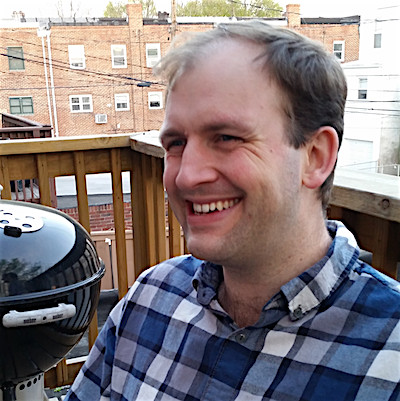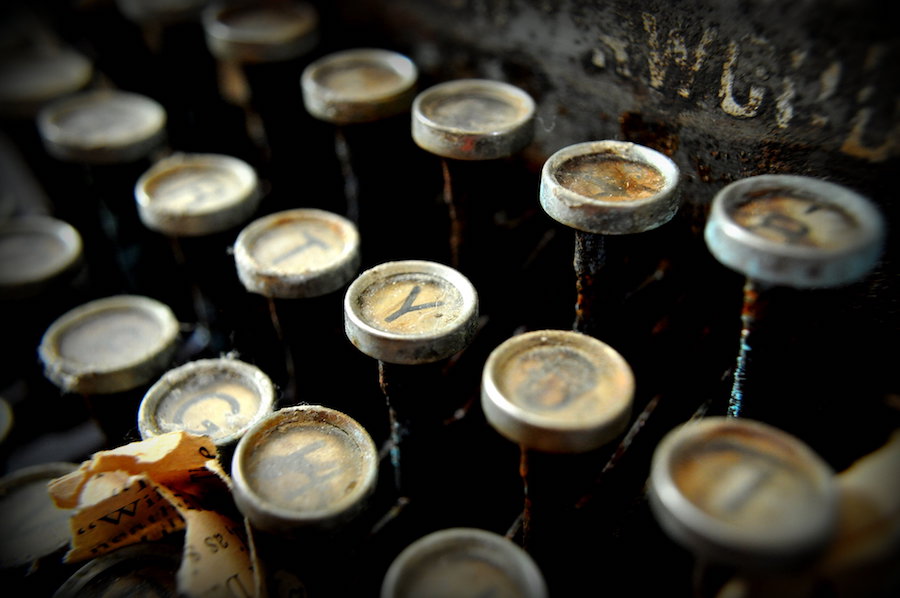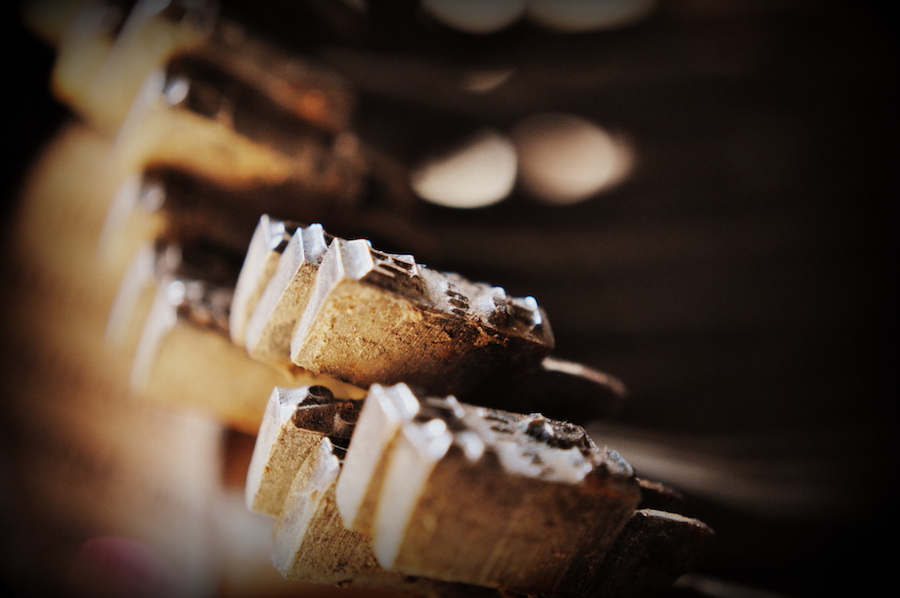
Ben Faroe
Contributor
Calling a story ‘formulaic’ is usually an insult. The more a work conforms to a known formula, goes the logic, the less skill and originality it shows. Formula, in the end, becomes the opposite of artistry. But I have a nagging belief that good formulas are at the heart of good art.
(Editor’s Note: Consider this essay a teaser for Ben’s podcast episode which we are releasing tomorrow.)
In fact, not only are formulas at the heart of all good stories, but the better we understand our formulas, the better art we’ll be capable of creating. Formulas don’t make bad stories. Bad formulas make bad stories.
Allow me a demonstration by way of romantic comedy:
High-powered lawyer (in a high-maintenance relationship) and quirky barista hit it off over a clever reaction to a screwed-up coffee order. Barista meets lawyer’s friends, and cleans up nice—until the mishap with the canapes. Lawyer meets barista’s friends, tips the canoe, splash fight ensues.
High-maintenance wedding day approaches, tensions rise. Lawyer breaks off the high-maintenance relationship, but hasn’t gotten a chance to tell barista yet. Barista rushes to lawyer to express undying love, but the bike tire goes flat. Finally, barista dashes through the door, only to find—
You can tell me the next part. Trumped-up miscommunication. Grandiose gesture. Happily ever blah blah whatever.
So that’s a bad formula. It’s totally predictable, yes, but even worse, it’s totally contrived. The characters get jammed into their preordained roles, and there’s no necessary connection between who they are and what they do. All the major decisions and reactions are known in advance, and we don’t really care whether the people in question would actually do those things.

Photograph via Dave Michuda
Notice that you could replace lawyer (or barista) with cowboy or bike courier or millionaire yacht enthusiast or nerdy dog-walker without really disrupting the story. Heck, we don’t even know which one’s the man and which one’s the woman. Maybe they’re lesbians. Who cares? We already know everything they’re going to do.
So what’s the alternative? The common logic says that if formulaic is bad, then good must mean truly original, truly creative. Right?
Not quite. Perhaps another demonstration is in order. Let’s tell a wildly original story, one that diverges from any formula I know—and I’m not going to cheat and make it nonsense. It will be coherent, creative, emotionally evocative, and utterly unsatisfying.
The sun rises on the workshop where the alchemist has been working through the night. In a cot in the corner, the alchemist’s young son lies dying. For two years now, the alchemist has searched the ancient manuscripts and impoverished himself with ever more complex experiments on ever rarer ingredients. His arms are scarred from innumerable burns, his eyebrows and hair bleached yellow from noxious fumes. By his subtle arts he knows the boy has only a day or two left to live.
A raven lands at the window and gives a doleful croak. The alchemist unwraps a tiny scroll from the raven’s leg. It holds an invitation to his sister’s wedding, several fortnights hence. He sets it aside and, hands trembling with hope and fatigue, lifts the most recent potion to the boy’s lips.
A week later the boy is still alive, though seemingly still as unwell as ever. The alchemist wonders whether to make more of the same potion or to try another. He sends a message by pigeon to his brother to ask his advice, and in due course his brother advises him to maintain a supply of that potion and then, perhaps, to try his hand at others as time allows.
Wildly original, right? I bet you didn’t see that thing with the wedding coming. And talk about a surprise ending. I didn’t even know he had a brother!
Not original enough for you? Fine, let’s go crazy. Instead of a wedding, make it a hunt for poison tree frogs in the ruins of an ancient space station. Turn the potions into carefully sculpted psychic emanations. Hell, go deep and artsy and have it turn out the raven was the alchemist all along. Du-u-ude.
And still, who the hell cares? Make it as “original” and “creative” as you want and if anything it’s getting worse, not better. But maybe you think I’m not being fair. I left the thing unfinished. No wonder it’s so bad. That so-called surprise ending was neither a surprise nor an ending.
This is where I pounce in triumph.
Aha, I say. But the only reason you don’t think that’s the end is because you’re expecting the narrative to follow a certain predetermined structure. To fit, we might say, a formula.
And you should. There’s a reason stories don’t end that way. And there’s a reason Green Eggs and Ham stops after (spoiler alert) he tries the green eggs and ham, and an equally good reason Ender’s Game doesn’t spend much time on what’s happening in Paris.
There are rules about what makes a story gripping and immersive and satisfying, and it’s not because some literary cabal sat down and made them up one day. It’s because humans, for all our variety, work a certain way, and the better you understand how humans work, the more precisely you can craft your works of art to have a powerful effect on them.
Still need convincing? Take a look back at my alchemist story. I know I said it was going to be a totally unformulaic story, but to make it sufficiently unsatisfying, I had to cheat. In fact, I packed that first paragraph chock full of the formulas I’ve discovered over years of writing.
The alchemist is vulnerable but determined, sacrificially generous, highly skilled. There is a sense of threat that drives hard decisions. There is a palpable countdown to a disastrous event. The character feels intensely, so we care intensely. The descriptions are spare, specific, sensory; they anchor the imagination without dulling the story.
Where it goes off the rails is when I start to ignore the underlying patterns we crave. I bring in irrelevant details. I don’t trace the arc we care about. I muddy the waters emotionally. I weaken the stakes and unclarify the decision points. I bring in tonal and descriptive inconsistencies that leave us vaguely disoriented.
I know exactly why the poison tree frogs and the space station ruins, highly original as they are, don’t make it any more interesting; it’s because they have nothing to do with the part we care about.
Photograph via Dave Michuda

Even better, I can give you some similarly original ideas that would make it more interesting: what if the final potion required the alchemist to blaspheme his most dearly held beliefs and add his own blood to the mixture? What if the boy had a pet poison tree frog he loved more than anything, and the alchemist realized it was the frog that was killing him? Or go deep and literary. What if the pigeon represents the boy’s soul, and the alchemist finally learns to set it free?
These aren’t any more or less original than the other ideas we tried to add. Some of them are practically the same ideas. But I can tell you why this time they make the story deeper and stronger. It’s because they reveal character by forcing decisions between deeply held values. This, too, is a formula I have discovered. This is how good stories work.
Notice that knowing the rules didn’t make the story more boring, or even more predictable. Bad formulas define what the characters will do. Good formulas define the kinds of choices they’ll have to face. Bad formulas make the story more predictable. Good formulas make the story’s impact on a reader more reliable.
So what’s the take-away here? Don’t fall for the lie that spontaneity and originality are all it takes to make excellent art, and don’t assume that work and structure and study will blunt your edge as a creator. Instead, embrace the rules. Explore them. Find the underlying patterns in the stories you love.
Understanding these patterns will let you heighten emotion, deepen immersion, and, yes, unleash your wildest creativity with incredible power. After all, used properly, the best formulas aren’t about painting by numbers. They’re about turning lead into gold.
More About Ben Faroe: Ben Y. Faroe is an author, analyst, and publisher based in Baltimore, MD. His books have hit Amazon’s Top 10 in Humor and Fairy Tales, and as of this writing he’s 9 out of Google’s top 10 search results for “inadvisable hubris.” Of course, Google might just be telling him what he wants to hear.
You can follow Ben’s work and get free copies of his books at byfaroe.com/updates. If you’d like to get in touch with him online, he’s byfaroe everywhere. If you’d rather meet up in real life, he’s got good taste in black tea and Scotch whiskey and will gladly share a drink of either with you. Or coffee. Coffee’s good too.






